Nickname(s) Recke Years of service 1931–45 | Rank Fregattenkapitan | |
Born 11 December 1911, Bremen ( 1911-12-11 ) Battles/wars World War IIBattle of the AtlanticOperation HartmutOperation WeserubungBattle for Brest Name Heinrich Lehmann-Willenbrock Unit USCGC Eagle, German cruiser Karlsruhe, 7th U-boat Flotilla, 9th U-boat Flotilla, 11th U-boat Flotilla Similar People Karl Donitz, Erich Raeder, Hermann‑Bernhard Ramcke, Leonard W Murray, Max Kennedy Horton Died 18 April 1986 (aged 74) Bremen Awards Knight's Cross of the Iron Cross with Oak Leaves | ||
DID WWII GERMAN U-BOAT COMMANDER Heinrich Lehmann-Willenbrock Jurgen Prochnow 유보트 레만선장 위르겐 프로흐노
Fregattenkapitän Heinrich Lehmann-Willenbrock (11 December 1911 – 18 April 1986) was a submarine commander in the Kriegsmarine of Nazi Germany during World War II. He was sixth among the top ten successful U-boat commanders during the Battle of the Atlantic against the Allies, in terms of tonnage of merchant ships sunk. He commanded four U-boats, and his most successful tour was commanding the U-96 a Type VIIC U-boat, which gained widespread recognition when one of its patrols was documented and publicized by an accompanying member of a propaganda company Lothar-Günther Buchheim. He was awarded the Knight's Cross of the Iron Cross with Oak Leaves. The story of the U-96 was eventually made into a mini-series and film called Das Boot, in which he was portrayed by Jürgen Prochnow.
Contents
- DID WWII GERMAN U BOAT COMMANDER Heinrich Lehmann Willenbrock Jurgen Prochnow
- Early life and career
- U boat service
- U boat combat summary
- Later life
- Summary of Service
- References
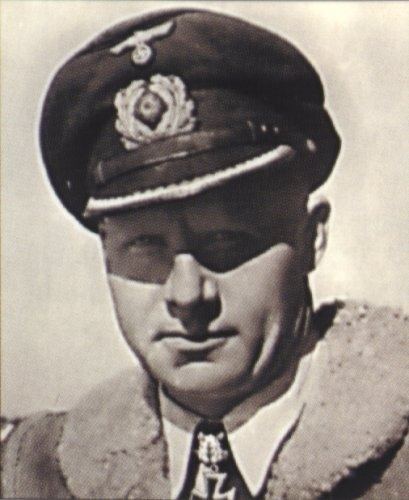
Early life and career
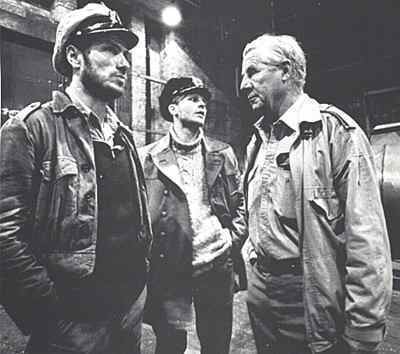
Lehmann-Willenbrock was born on 11 December 1911 in Bremen, in what was then the German Empire. He joined the Reichsmarine of the Weimar Republic in April 1931, as an Officer Candidate, and received his basic training with the Naval Infantry. He was promoted to Sea Cadet in October 1931 and attended Navy Officer Training from March 1932 to January 1933. He was then advanced to the rank of Midshipman and spent the next two years performing at-sea training. In August 1933, he was also appointed as navigation officer of the naval tender "Weser". He was advanced to Senior Midshipman in January 1935.
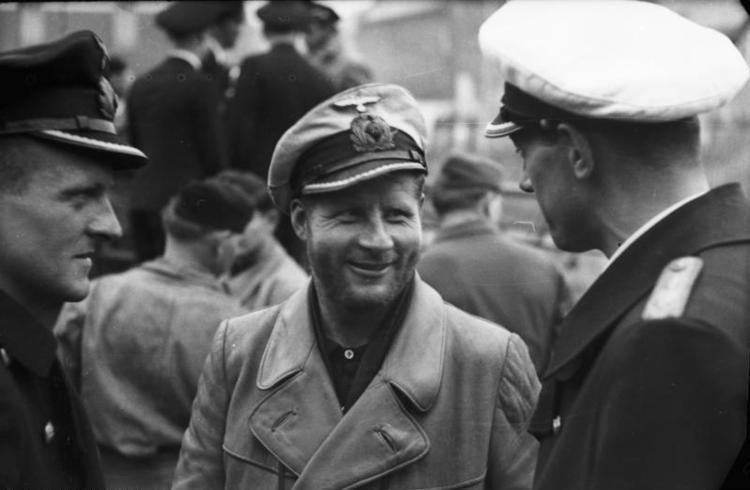
In April 1935, Lehmann-Willenbrock was commissioned as a Leutnant zur See (Lieutenant) and assigned as signals officer onboard the cruiser Karlsruhe. The following year, in September 1936, he was assigned for five months to the Naval Barracks at Glücksburg before receiving orders to report as Watch officer onboard the sailing vessel Horst Wessel. Lehmann-Willenbrock reported to the ship in February 1937, having received a promotion to Senior Lieutenant one month earlier. He served on the ship for twenty six months before applying to join the German Navy's submarine branch
U-boat service
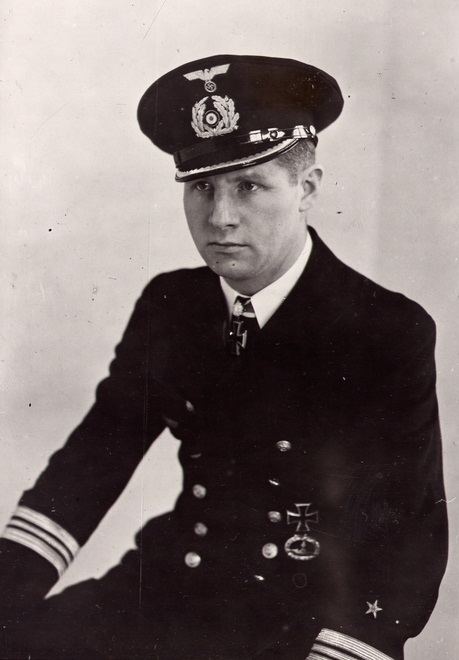
Lehmann-Willenbrock transferred to the U-boat arm of the German Navy in April 1939. Upon serving as an executive officer on U-8, he was promoted to captain and took command of U-5 in December 1939. His first patrol, which lasted 15 days, was along the coast of Norway during Operation Hartmut, the U-boat operation in support of the invasion of Norway.
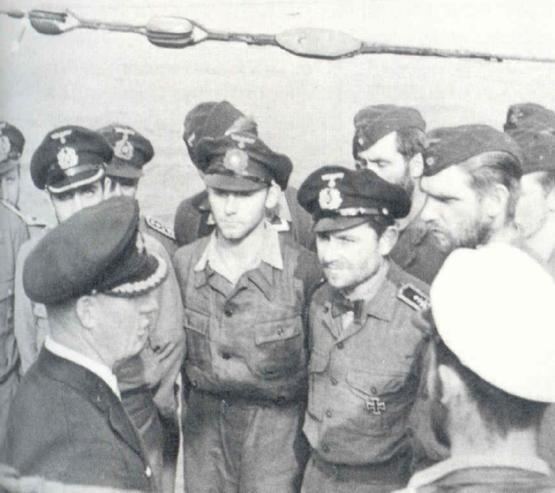
Upon the return of U-5, Lehmann-Willenbrock was transferred to the newly commissioned U-96, a Type VIIC U-boat. During three patrols under Willenbrock's command, U-96 sank 125,580 tons of Allied shipping. In 1941, U-96 sunk three British troop ships: Oropesa (16 January), Almeda Star (17 January) and Anselm (15 July), each with considerable loss of life. The seventh patrol was the approximate time that Lothar-Günther Buchheim boarded U-96 and documented the boat's operations in his book Das Boot.
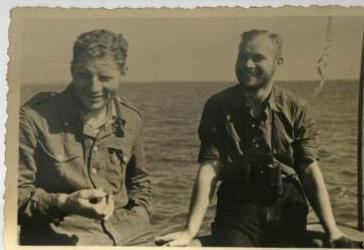
Lehmann-Willenbrock left U-96 in March 1942 to be promoted to Korvettenkapitän and appointed commander of the 9th U-boat Flotilla, stationed in Brest. On 2 September 1944 he assumed command of U-256 and escaped the besieged Brest just a few days before the town's surrender. He reached Bergen, Norway, on 23 October. In Bergen he was appointed commandeer of the 11th U-boat Flotilla in December, and held the position until the German surrender in Norway on 9 May 1945.
U-boat combat summary
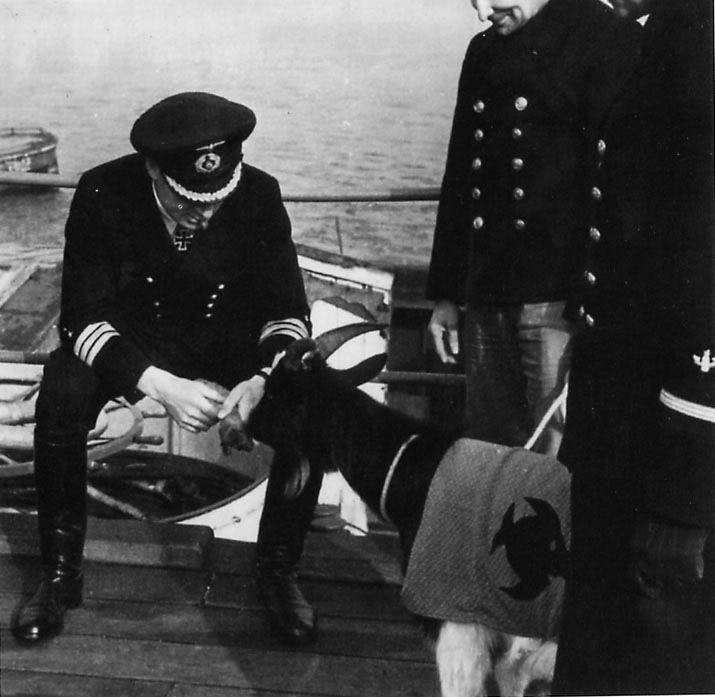
During his patrols with U-96, Lehmann-Willenbrock was awarded with the Iron Cross 2nd Class, the Iron Cross 1st Class, the U-Boat War Badge, the Knight's Cross of the Iron Cross, and the Knight's Cross of the Iron Cross with Oak Leaves for his achievements. He sank 24 ships for 170,237 gross register tons (GRT), damaged two ships for 15,864 GRT and damaged one ship as a total loss for 8,888 GRT.
Later life
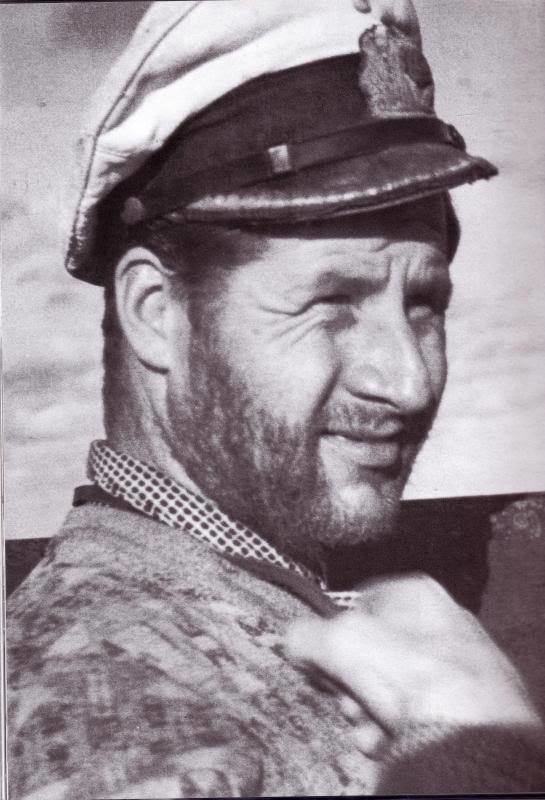
After a year in captivity, Lehmann-Willenbrock returned to West Germany in May 1946 and worked on salvaging ships in the River Rhine. In 1948, he moved to Buenos Aires where he was worked as a skipper on several trade ships. After returning to Germany, he served as captain on several merchantmen, and was appointed captain of the German freighter Otto Hahn, the first of only four merchant cargo nuclear ships. Buchheim's book Der Abschied ("The Goodbye") describes one of its voyages, which Buchheim joined as a passenger. He was decorated in 1974 with the Cross of the Order of Merit of the Federal Republic of Germany. In 1982, Lehmann-Willenbrock accompanied Wolfgang Petersen and the Das Boot cast and crew as an advisor to the film. Afterwards, he returned to his home at Bremen, where he remained until his death.
Summary of Service
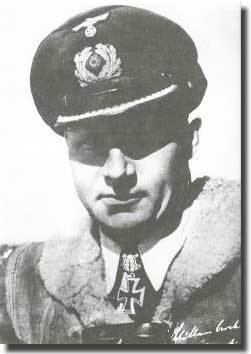
Dates of rank
Awards and decorations
